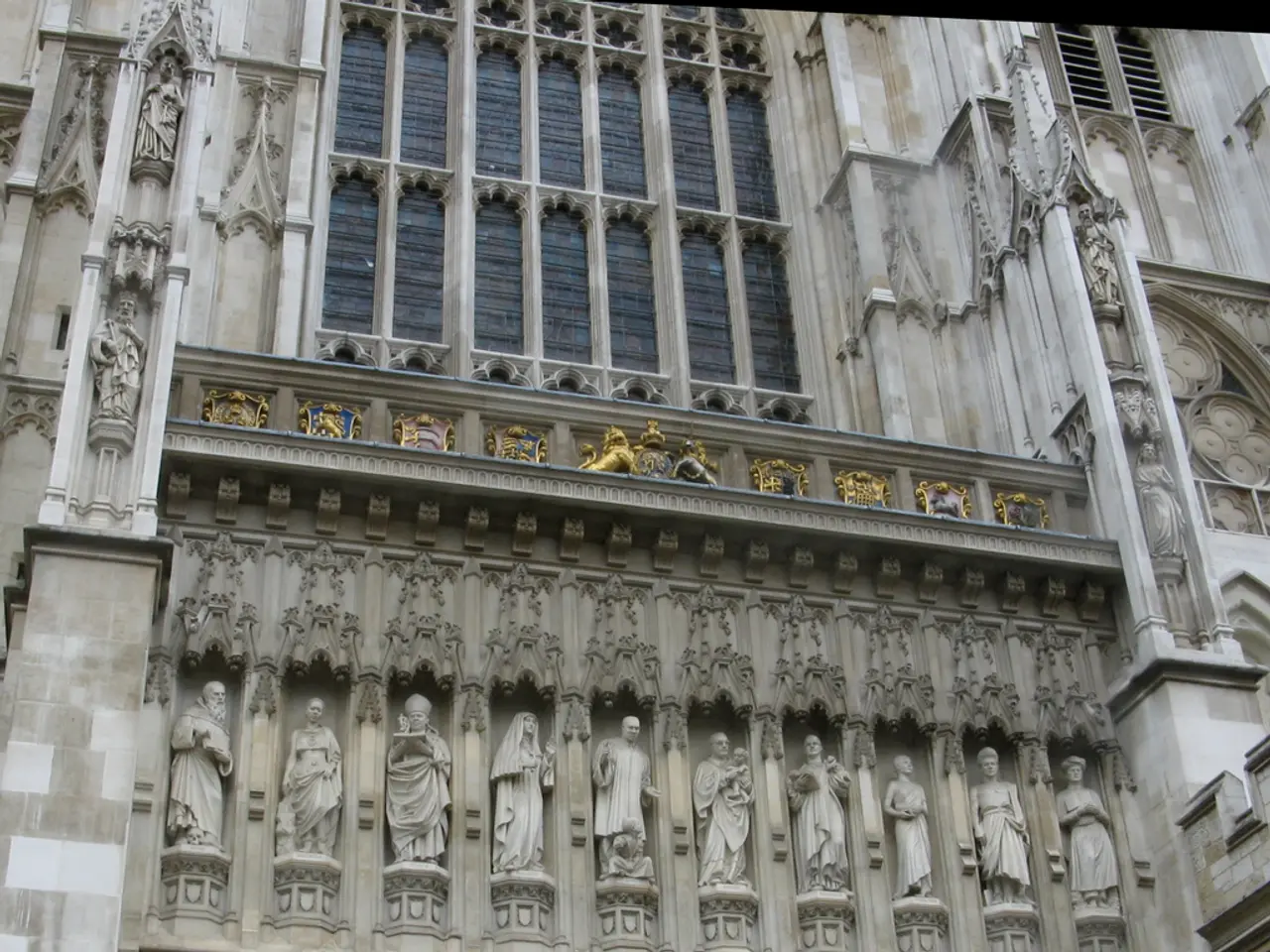Rupert Cook and Socrates Miltiadou - These two individuals are the focus of attention.
In the heart of London, the architectural practice of Miltiadou Cook Mitzman has been making waves with its unique approach to regenerative practice. Co-led by Rupert Cook and Socrates Miltiadou, the firm is revolutionising the industry by deeply integrating craftsmanship knowledge from construction and stonemasonry into their design process.
At the core of their approach lies a deep understanding of how buildings are physically made. This knowledge informs their design decisions, focusing on materials that age well and develop a natural patina over time. Materials such as polished concrete, burnt timber, natural insulation, and lime renders are favourites, as they evolve gracefully without the need for coverings. This respect for material longevity and aesthetics as they mature is a testament to their commitment to regenerative thinking.
Their regenerative practice also strongly advocates for preserving existing structures. By valuing what already exists rather than starting anew, they promote sustainability, reducing waste and environmental impact. The architects spend a significant amount of time convincing clients to preserve character and embodied carbon, often steering them away from demolition as a first option.
Trusting one's judgement and values is a crucial aspect of their practice. Rupert Cook, who started as a builder, and Socrates Miltiadou, with a background in stonemasonry, bring a pragmatic approach to addressing the environmental crisis. They believe that care, rather than academic jargon, is key.
Their designs prioritise simplicity for ease of use and longevity. Materials should wear in, not wear out, and flexibility is seen as a form of generosity. This is evident in their projects, where changes feel inevitable and are not noticeable. For instance, the Hopkins' Glyndebourne building, completed 30 years ago, continues to look better with age.
Miltiadou Cook Mitzman Architects also advocate for designing for evolution and adaptability. They advise their team to speak to tradespeople and understand how things are made. This hands-on approach extends to their projects, where they continually learn, adapt, and move forward in their approach.
An example of this adaptive approach can be seen in a garden pavilion they built to Passivhaus standards without informing the client. The charred timber of the pavilion allows the planting to take centre stage, demonstrating their commitment to blending sustainability with aesthetics.
In summary, Miltiadou Cook Mitzman Architects incorporate craftsmanship knowledge, select enduring natural materials that evolve gracefully, and prioritise reuse and preservation of existing buildings as pillars of their regenerative architectural approach. Their work is a testament to the power of thoughtful design, pragmatism, and a deep understanding of materials in creating sustainable, beautiful buildings.
- The architects' commitment to regenerative thinking is evident in their preference for enduring natural materials, such as polished concrete, burnt timber, natural insulation, and lime renders, which evolve gracefully without requiring coverings, showcasing a lifestyle that supports sustainable living at home and in the garden.
- Miltiadou Cook Mitzman Architects' designs encourage adaptability and evolution, as demonstrated by their Passivhaus standard garden pavilion with charred timber, where the focus is on the planting, blending sustainability with aesthetics in alignment with the principles of environmental-science and climate-change mitigation.
- The firm's approach to regenerative practice, which advocates for reusing and preserving existing structures, not only promotes sustainability by reducing waste and environmental impact but also displays the science behind their commitment to creating long-lived, beautifully aging buildings, thus contributing to the preservation of London's environment.




